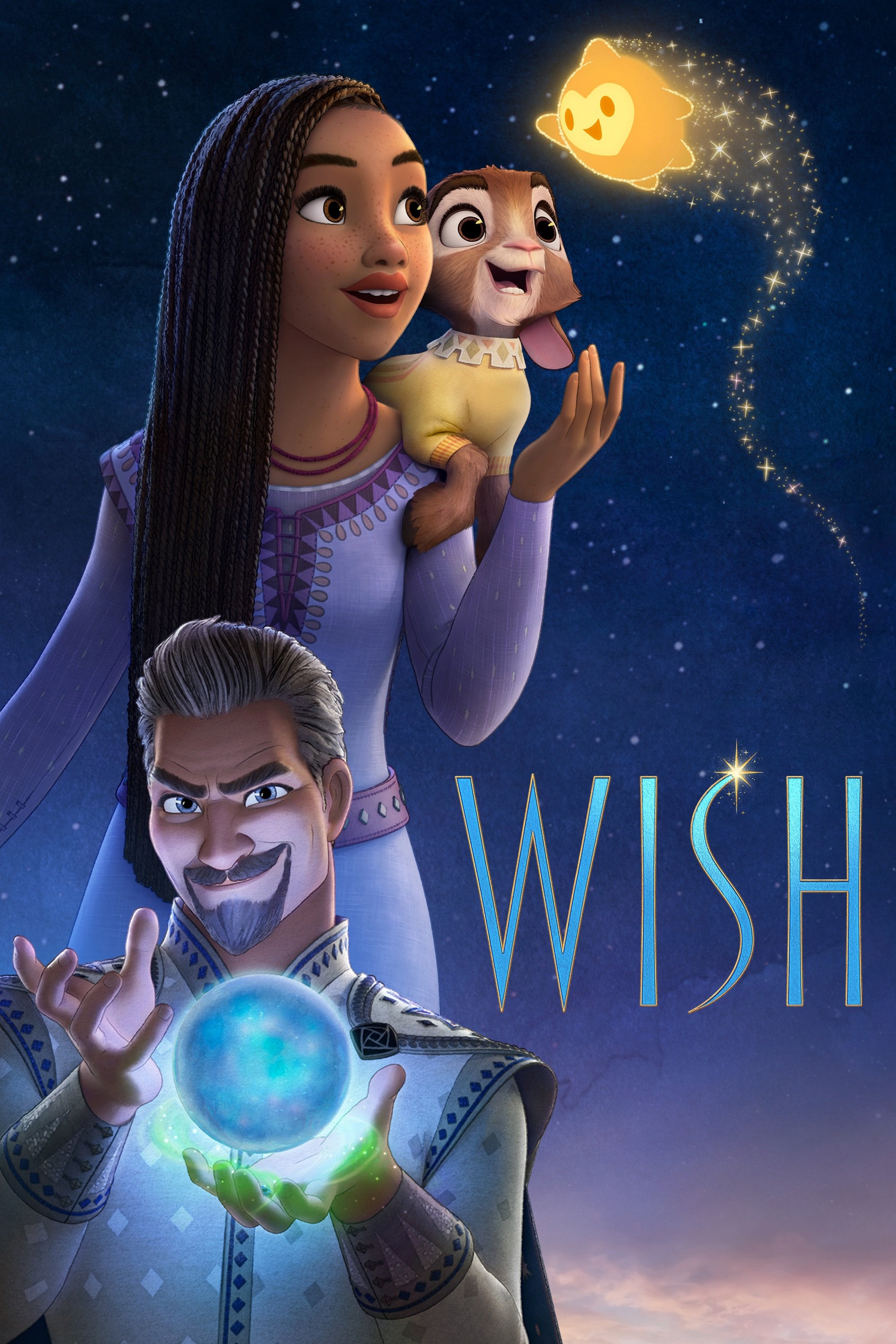Nostalgia has a unique allure, one that often beckons to us from the corners of our memories, gently urging us to revisit simpler times. In an era where digital communication dominates, the humble postcard possesses a certain charm that evokes a longing for connection. Enter the “Wish You Were Here” postcard—a quintessential artifact that encapsulates the essence of travel, camaraderie, and heartfelt sentiment. This seemingly anachronistic piece of paper holds immense significance, particularly for the younger generation, as it bridges the gap between the old and the new.
At its core, a “Wish You Were Here” postcard serves as a visual and tactile glimpse into a place far removed from one’s current reality. Decorated with vibrant images, be they of sun-kissed beaches or iconic landmarks, these postcards are not merely vehicles for messages; they are art forms that tell stories. In a world where experiences are often shared through fleeting social media posts, a postcard offers a tangible memento—a keepsake that can be held, admired, and cherished over time.
Postcards possess a unique beauty that transcends geographical boundaries. Imagine receiving a postcard from a friend who has ventured to a quaint village in Italy or an exhilarating festival in Japan. The imagery transports you, if only for a moment, to that destination. The handwritten message, coupled with the evocative visuals, creates an intimate narrative that digital photos simply cannot replicate. This aesthetic allure plays a significant role in the postcard’s enduring appeal among younger audiences, who seek authenticity in a world saturated with perfect, filtered snapshots.
However, the emotional resonance of a “Wish You Were Here” postcard extends beyond its visual appeal. Each postcard embodies a story waiting to be told. Whether it’s an ode to an unforgettable road trip, a reminder of a thrilling adventure, or a simple note of love and friendship, these messages are imbued with genuine emotion. They have the power to evoke feelings of nostalgia, warmth, and connection—elements of human experience often lost in a sea of text messages and fleeting online interactions.
With an increasing number of millennials and Gen Z-ers seeking meaningful interactions, this yearning for connection makes postcards particularly enticing. Social scientists have noted that younger generations are gravitating towards experiences over material possessions. A postcard aligns perfectly with this philosophy, allowing individuals to commemorate experiences and share them in a physical form that can be savored long after the trip is over.
Another momentous factor contributing to the postcard’s resurgence lies in the art of personalization. Crafting a handwritten message allows for a unique expression of thoughtfulness. In an age dominated by text, where typing has become the norm, penning a few heartfelt lines signifies a labor of love. The slight imperfections in handwriting add character and depth, rendering the message all the more precious. When a postcard arrives in the mail, it feels like an unexpected gift, an authentic gesture that reminds the recipient that they are valued and missed.
The aesthetic variations of postcards also cater to a wide array of tastes. From vintage designs featuring retro aesthetics to contemporary illustrations that capture modern sensibilities, there’s a postcard suited for every taste. The opportunity to curate a collection of diverse postcards lends itself beautifully to an emerging trend among young creatives: postcard art swapping and collecting. This movement allows individuals to exchange postcards, fostering a sense of community and creativity.
In addition to exchanging postcards with friends and family, social media platforms have birthed new avenues for postcard enthusiasts to showcase their collections. Instagram, for example, serves as a gallery for users to curate their postcard collections or share snap shots of the postcards they’ve received, creating a virtual tapestry of travel from around the globe. Hashtags like #PostcardCollecting and #WishYouWereHere foster a sense of belonging, allowing individuals to find others who share their passion and engage in camaraderie over a simple piece of paper.
Moreover, the postcard’s utility is not limited to mere correspondence. They can be artfully displayed as home decor, serving as a continuous reminder of fond memories and cherished experiences. Young individuals often take to their walls, creating vibrant, eclectic abodes that reflect their personalities. A thoughtfully arranged collection of postcards can serve as a stunning visual storytelling element that invites visitors to partake in the narrative of one’s life and travels.
As we reflect on the importance of meaningful connections amidst our fast-paced digital lives, the “Wish You Were Here” postcard stands out as an emblem of nostalgia and charm. It offers a refreshing alternative to the rapid-fire messages exchanged in cyberspace, infusing sentimentality into communication. Every postcard exchanged becomes a thread in the intricate tapestry of human relationships. It enables us to pause, reflect, and express our thoughts in a tactile manner, creating moments that linger far longer than the ephemeral nature of digital messages.
In conclusion, as we continue to navigate the complexities of modern connectivity, the timeless tradition of sending postcards remains resolute. The “Wish You Were Here” postcard encapsulates both artistry and heartfelt sentiments, serving as a portal to travel memories and cherished relationships. As younger generations continue to seek authenticity in their interactions, this nostalgic charm stands not only as a reminder of the past but also as a symbol of the enduring strength of human connection. Embrace the allure of the postcard, and let its messages resonate across the distances, reminding us that, no matter where we are, we are never truly alone.

